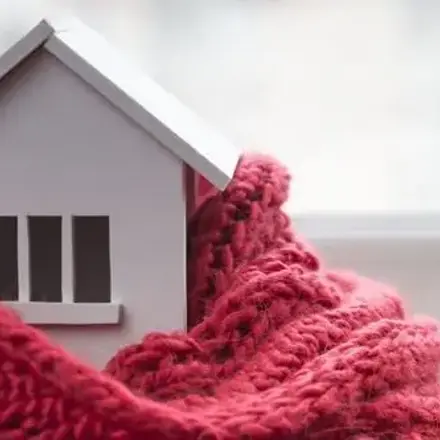Winter is usually the time when mildew and condensation can be a real problem in the home.
During a tenancy, tenants need to keep their home well-aired and remove any mould straight away. A dry, ventilated home is much easier to heat and is healthier for you and your family.
Preventing mould
There are two ways to prevent moisture build-up, being heating and ventilation. The interior temperature of any home should ideally be maintained at around 18 degrees. Creating air movement will keep humidity at a manageable level.
It’s important to ventilate your home during the winter months, even though you may think the house needs to be sealed to prevent heat escaping.
You can ventilate by leaving windows open a centimetre or two. It’s better to ventilate little and often, rather than in short bursts. Many windows open slightly are better than one fully open.
If windows start steaming up, open them wider.
Reducing mould
Areas of the house prone to mould are those with condensation or high humidity, such as the kitchen, bathroom and laundry.
Condensation and mould growth can be reduced by providing a continuous low level of dry heat. Continuous, even heating will allow warmth to penetrate the walls and ceilings. On cool days, try to keep the inside temperature at least 5 degrees higher than the outside temperature.
Below are some top tips for reducing the moisture in the air:
Windows/walls
- Ventilating rooms by opening windows or doors, or by using extractor fans
- Wiping away condensation from walls and windows
- Heating rooms with dry heat
Family room/lounge
- Opening curtains and blinds during the day
- Opening windows and doors when possible
Kitchen
- Using an exhaust fan or opening a window when cooking
- Using lids on pots and saucepans when cooking
- Checking plumbing for leaks
Bathroom/laundry
- Opening a window or door, or using an exhaust fan when having a bath or shower
- Cleaning and drying surfaces that regularly get wet
- Hanging washing outside
- Opening a window when using the dryer or venting the dryer outside
- Opening a window or door when using hot water
Cupboards/bedrooms
- Opening curtains to warm rooms with sunlight
- Ensuring clothes and shoes are dry before putting them away
- Keeping bedrooms and cupboards uncluttered and well ventilated
- Do not press beds hard against bedroom walls – keep a gap for air circulation




